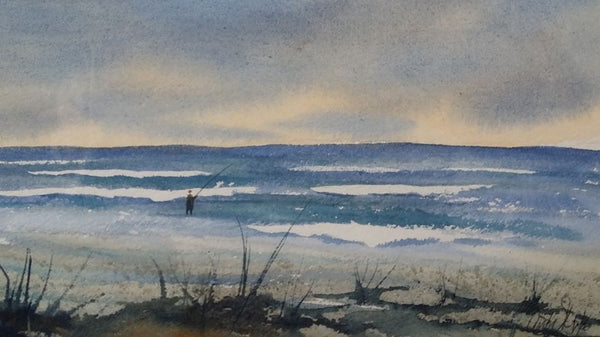
I’m kind of a simple guy when it comes to surf fishing. I don’t get too fancy with colors, I’m not really itching to add the newest ‘wonder plug’ to my bag and I don’t like to mix things up with my rods either. In actuality I only use two rods for the meat of every season; sure I have a backwater rig for the springtime and an albie rod for the fall, but I’d say that 90 percent of the striped bass I catch each season are landed using one of my two main workhorses—the Lamiglas GSB 1321M-OS (GSB111OS) or the Lamiglas GSB 1321MH.
But, BUT, these two sticks are not perfect for every person plying the Striper Coast. I look at rods like any other tool in the wild world of sports; they’re like bicycles or shoes or golf clubs or baseball bats… they’re chosen based on the personal preferences of the athlete and specifically for the tasks, they’re intended for. I mean, you wouldn’t ride the Tour De France on a mountain bike and you wouldn’t run a marathon in work boots either. Furthermore, you wouldn’t face off against MLB pitcher Chris Sale using a Wiffle Ball bat.
Surf Fishing Rod Action and You
Because I am an avid baseball fan and I used to be pretty good at playing the game, I always reach back for baseball analogies when I have to talk about athletic movements—and make no mistake about it, your casting motion is an athletic movement that requires muscle memory and several parts of the body to work in concert with one another. I was a ‘wristy’ hitter in baseball, meaning that I derived a lot of my bat speed and power from the snap of my wrists. And when I first started fishing the surf, I was a wristy caster, I powered my casts with very little body motion, it started with my arms, transitioned to my wrists for power and then finished with the shoulders. So I naturally gravitated to faster rods—faster means that rod is very crisp and responsive (stiffer) and most of its power is stored in the upper third of the blank.
But something changed when I started fishing the Canal more back around 2006 or so, casting distance was starting to matter more and therefore I needed to put more of my body into the cast. My cast was evolving from the snappy quickfire of a baseball swing to the more complicated (yet elegant) whole body motions of a golf swing, albeit turned upside down. This is when I first made the switch to Lamiglas, the slower action of the GSB line of blanks required a slower, more graceful motion to fire off a majestic cast. And I quickly found the rhythm of the slower cast.
Now I swing the plug out from my body and begin the cast when the plug swings in close to me. With my hands raised to about eye level, the motion begins as my bottom hand pulls the butt down into my gut. Simultaneously, my top hand ‘punches’ the foregrip over the top of my bottom hand, forcing the rod to arch over my upper hand. At that moment I transfer my weight from my back foot to my front foot while my hips snap around and face the water. The result is (usually) a very strong cast that carries the plug or bait a long distance. And, not unlike hitting a baseball or golf ball, it feels amazing when you hit the cast just right and it sails for the Azores.
Casting Call
When choosing a surf rod you really have to decide what kind of caster you are and then match the speed and action of the rod you choose to your casting style. Are you wristy? Are you a full-body caster? Is your motion slow or quick? These questions will help you dial in the speed of your blank—the faster and wristier you are, the faster the rod you choose should be. And conversely, if you’re slower and use more of a full-body motion, then a more parabolic and slower blank is likely to work better for you. I should add here that I wouldn’t recommend buying anything slower than moderate for most surfcasting situations because fish control becomes an issue if the blank is too parabolic—not to mention casting a really slow rod is tiring and difficult.
In my opinion, blank speed is the most important thing to nail down, from there you can roughly match yourself to a stick for any situation. So the next question you have to ask yourself is, “Where am I going to use this rod?”
Situational Surfcasting
Matching your rig to your turf is second on my personal list of importance when choosing a rod. I put it second because you technically could use your 11-footer to fish for schoolies in April, but you’d look like a fool. The tougher the terrain, the longer the rod—that’s how I look at it. If you’re fishing back rivers and sandy beaches throwing nothing heavier than 3 ounces, then a 9-footer rated 1/2 to 4 ounces should serve your purposes well. But if you’re planning to throw the same plugs into boulder fields and some river mouths with a strong current, I’m going up to at least 10 feet. If you’re planning to do a lot of rock hopping and wetsuiting in varied terrain, throwing eels and plugs, then I’m bumping everything up, I’m looking for an 11-footer rated 2 to 6, with moderate action and a lot of backbone in the lower half.
Gaining Control
The reason for the length and rating increases are control. Control is less of an issue when there isn’t much around for the fish to get into to cause trouble for you. The late Tony Stetzko told me he used a 9-footer almost all the time on the Cape beaches. But as the terrain becomes more ‘interesting’ control becomes more important so that we can take some of the advantage away from the fish. In my opinion, a softer tip is important because it absorbs a lot of the head-shaking, twisting and bucking that big bass use to try and free the hooks, at the same time that softness makes it less likely that you will pull the hooks by exerting too much pressure.
But if your rod has no power in the lower half then a big fish will have its way with you, especially when you get them inside 50 feet or so. I had this happen to me with a 42-pounder a few years ago when I was testing a rod for a new (at the time) company. Somehow I did land it, but it was a real rodeo getting my hands on her. The backbone gives you the ability to lean on the fish to exert more pressure without moving much. If you hold the rod vertical and the fish is in standoff mode or even starting a run, just tipping the rod back a few degrees will ratchet the pressure up in a hurry, this is how you turn a good fish.
Length Matters
The length of the rod does a few things for you, first of all, the longer the rod the higher your release point and the more recoil you’ll get from each cast, these two factors combine to increase your casting distance. How much difference does each foot make? I’d have to imagine that it depends on the person holding the rod, but it definitely makes a difference. A longer stick also gives you more leverage over a fish and makes it easier to keep your line free of rocks, weed and other nuisance obstacles during the battle. With that said, I would never use a rod longer than 11 feet. This might be a personal thing for my casting style, but when I tried a 12-footer for a few casts, I felt like I had strapped my reel to a microwave tower and I just couldn’t find any benefit in having that extra foot.
Please refer to the chart below for a basic rundown of available surf rods and their action.
| Rod | Action | Price | Comments |
| St Croix Avid Series | Fast | $330-$350 | Very fast rods, great warranty—a good choice for wristy casters fishing the surf |
| ODM Jigster Series | Fast | $460-$495 | Very fast and powerful rods, an excellent choice for the Canal. |
| Lamiglas Surf Surf Series | Fast | $430-$480 | Fast, but with more give than the Avid and Jigster, excellent surf rods for those that like faster rods but want a little give for fighting fish in shallow water. |
| ODM Frontier Series | Moderate/Fast | $445-$530 | These rods feel very powerful in the lower half with a little bit of a looser tip making them a good choice for those looking for dual-purpose options, you could use the 3-8 oz for wetsuiting and plugging the Canal for example. |
| Lamiglas GSB Series | Moderate | $380-$460 | Considered by many to be the gold standard of surf rods, the GSB series combines a well-balanced blend of give and take. The tip is moderate but the lower half of the rod is very powerful making it one of the best rods out there for fighting big fish in the rocks. They have a no-hassle warranty—pay a small fee and get a new rod, no questions asked. |
| St. Croix Mojo Series | Moderate & Moderate/Fast | $150-$230 | Highly popular ‘price-point’ rod. You have to look at the action on each specific rod to make a determination on how it will fit your style. They tend to be on the faster side of moderate though. They have a good warranty and they are excellent rods. |
| ODM Genesis Series | Moderate | $325-$395 | This is ODM’s lower-priced rod series, but they are very versatile and strong. They have a different feel than the GSB, more parabolic deriving its power from the whole blank. The lighter versions would make great sand beach rods while the heaviest one would be a great choice for fishing in the rocks. |
| Temple Fork Outfitters (TFO) Tactical Series | Moderate | $240-$270 | Excellent price-point surf rods for those whose style matches best with a moderate rod. There are suitable choices for straight beach fishing to the rocks to the Canal. The rods from TFO feature an impressive balance of power in the butt and forgiveness in the tip. |
| Tsunami Airwave Elite Series | Moderate | $160-$200 | The best affordably-priced surf rod going. There are options forever discipline, including the Canal. These rods cast great, house an impressive amount of power and come with a solid warranty. |
| Daiwa Coastal Series Surf Rods | Moderate | $160 | The Coastal series from Daiwa combines some of the luxuries of more expensive surf rods with an amazing price. These rods are well made, and a good match for anyone with a slow-release casting motion. They fall a little short of more expensive rods in the power department, but they are excellent choices for estuary fishing and open surf. |




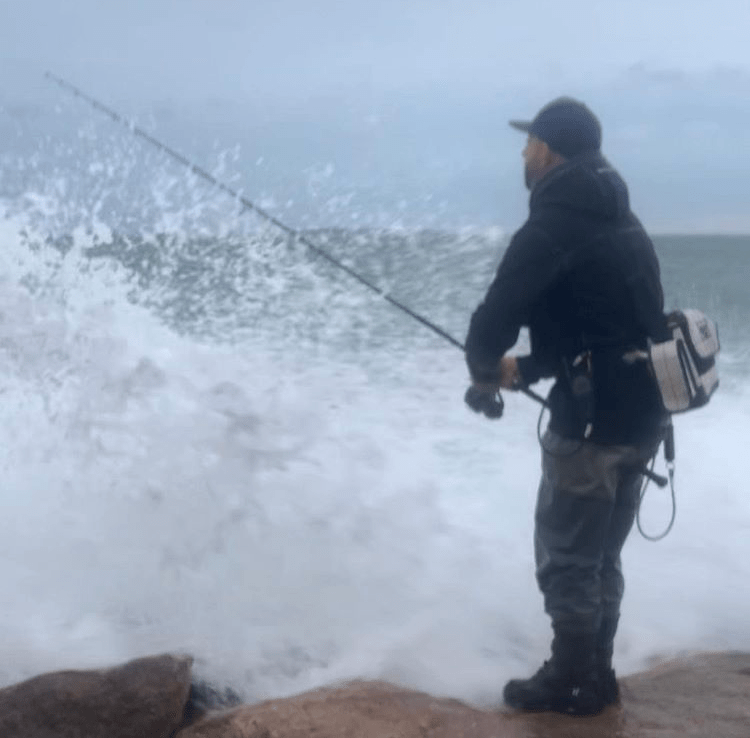

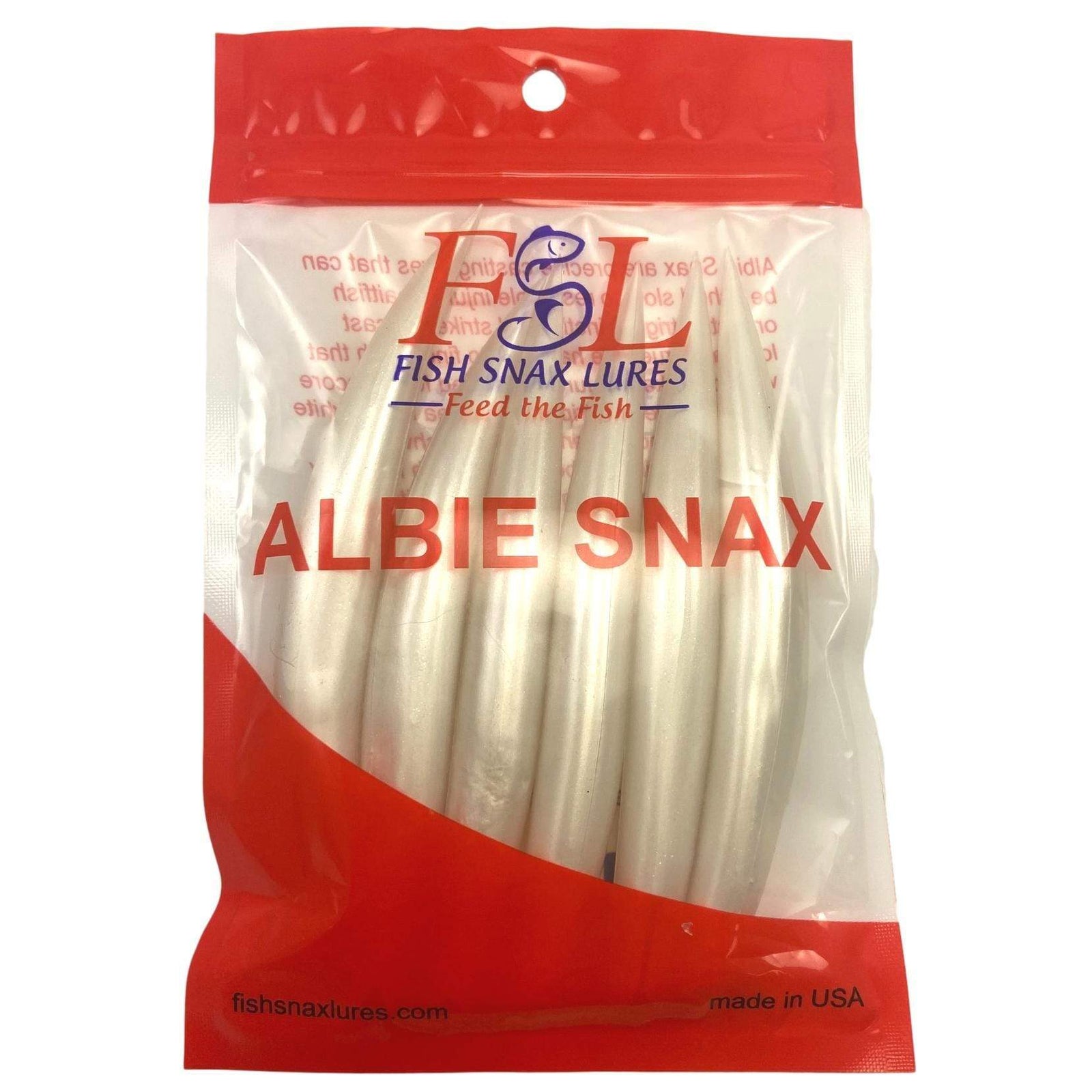

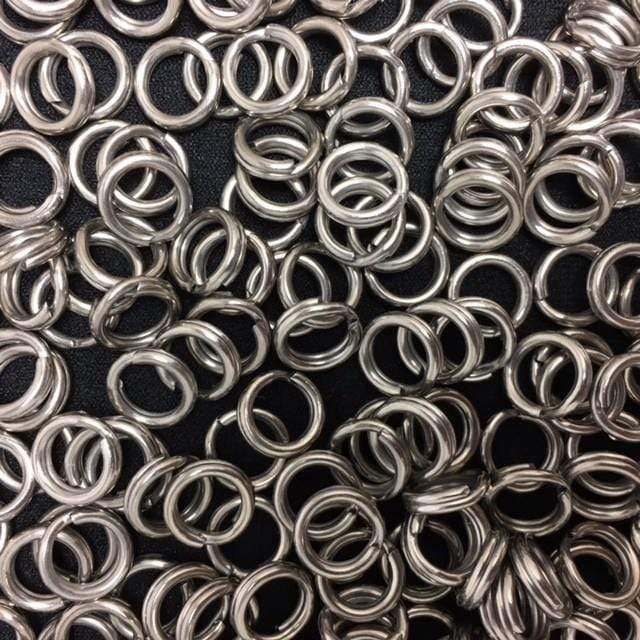
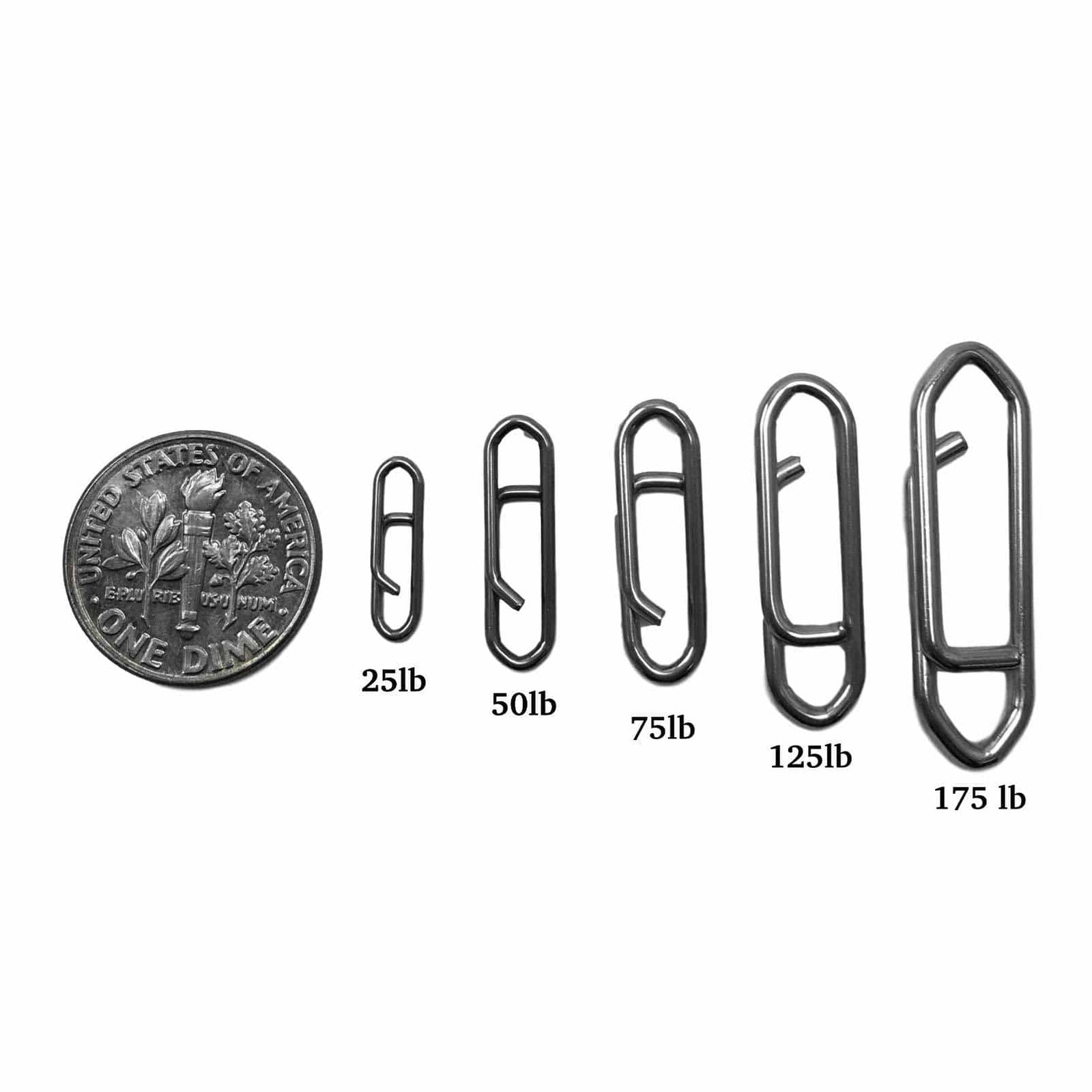

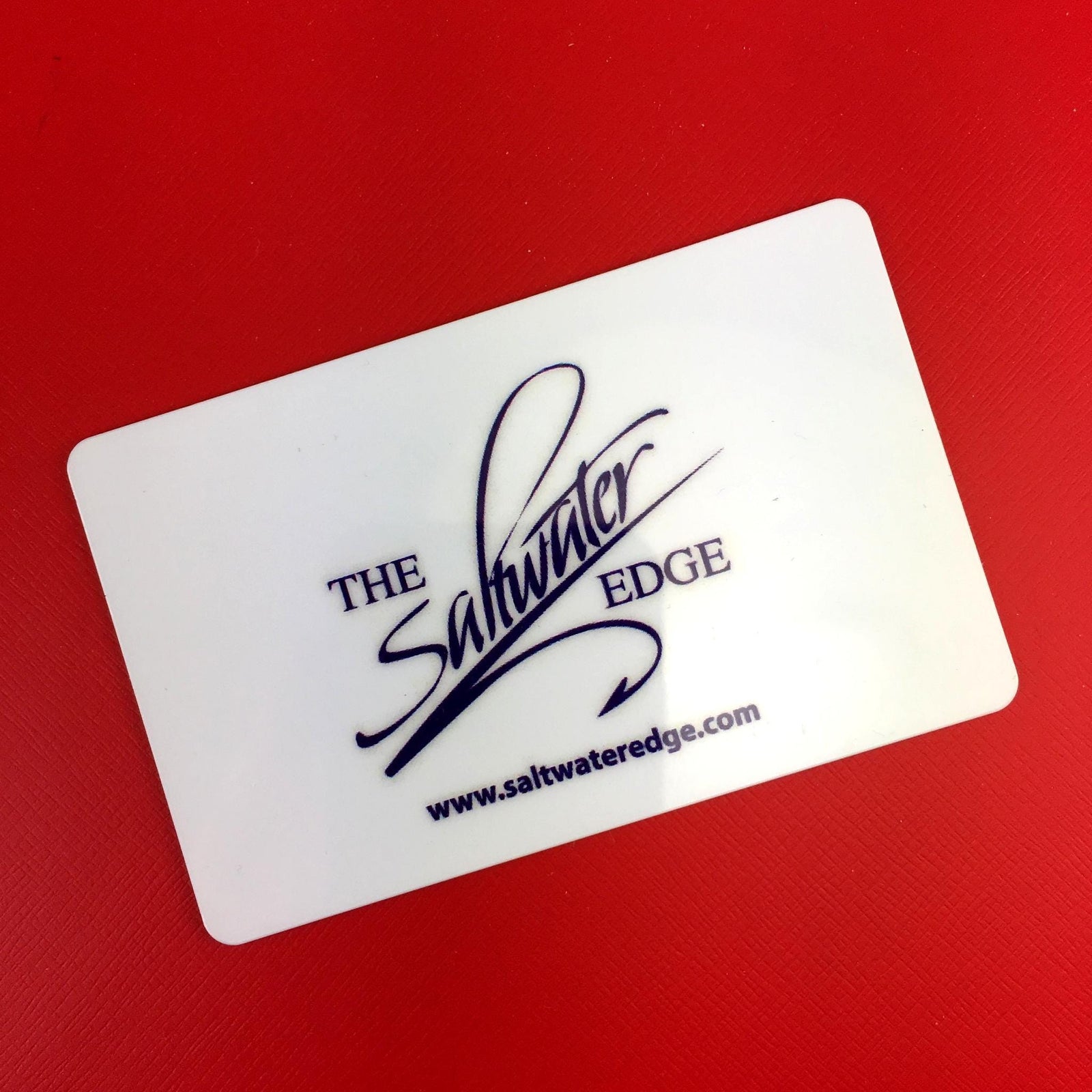
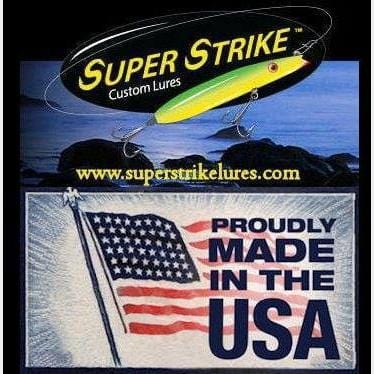

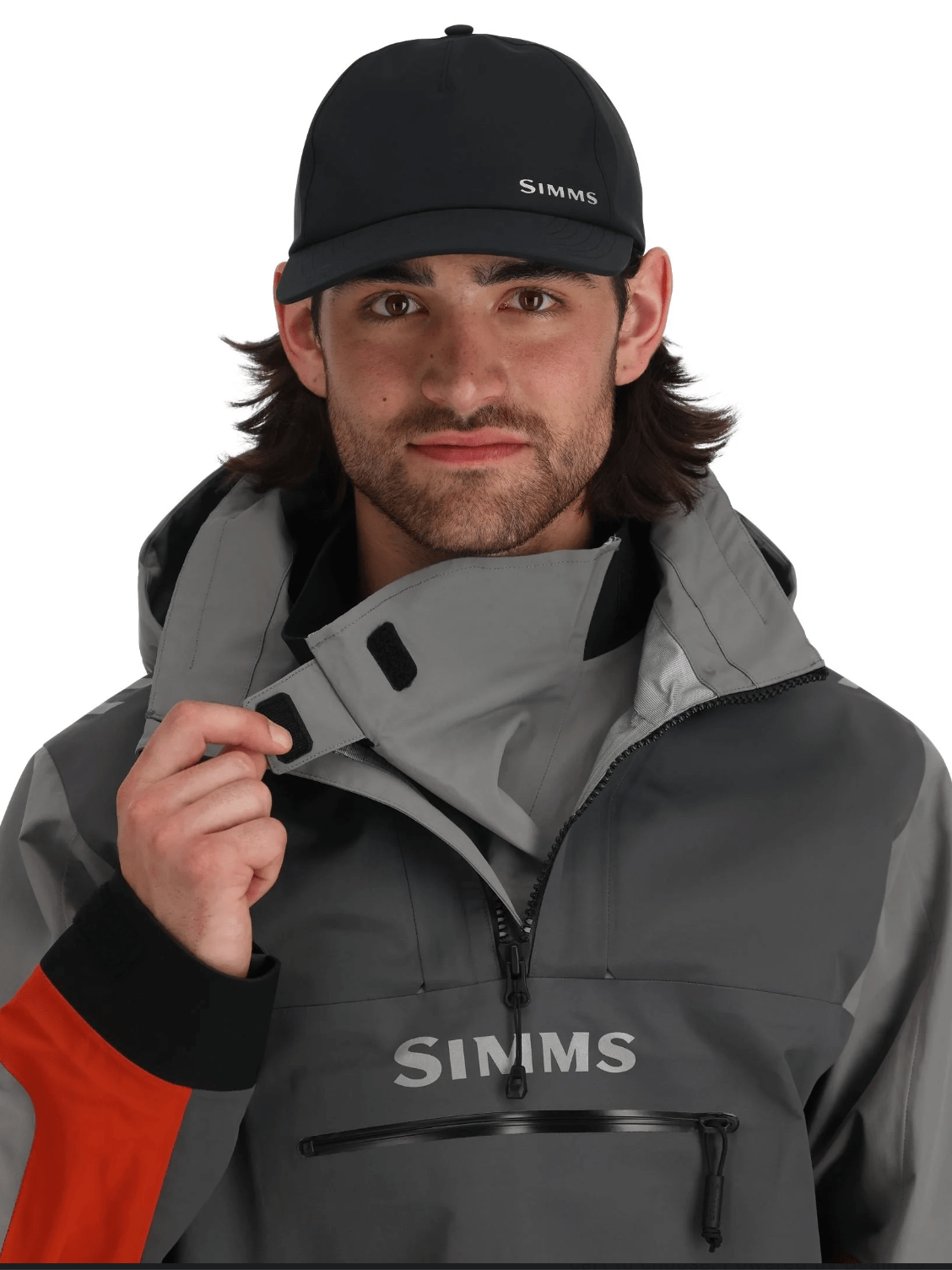

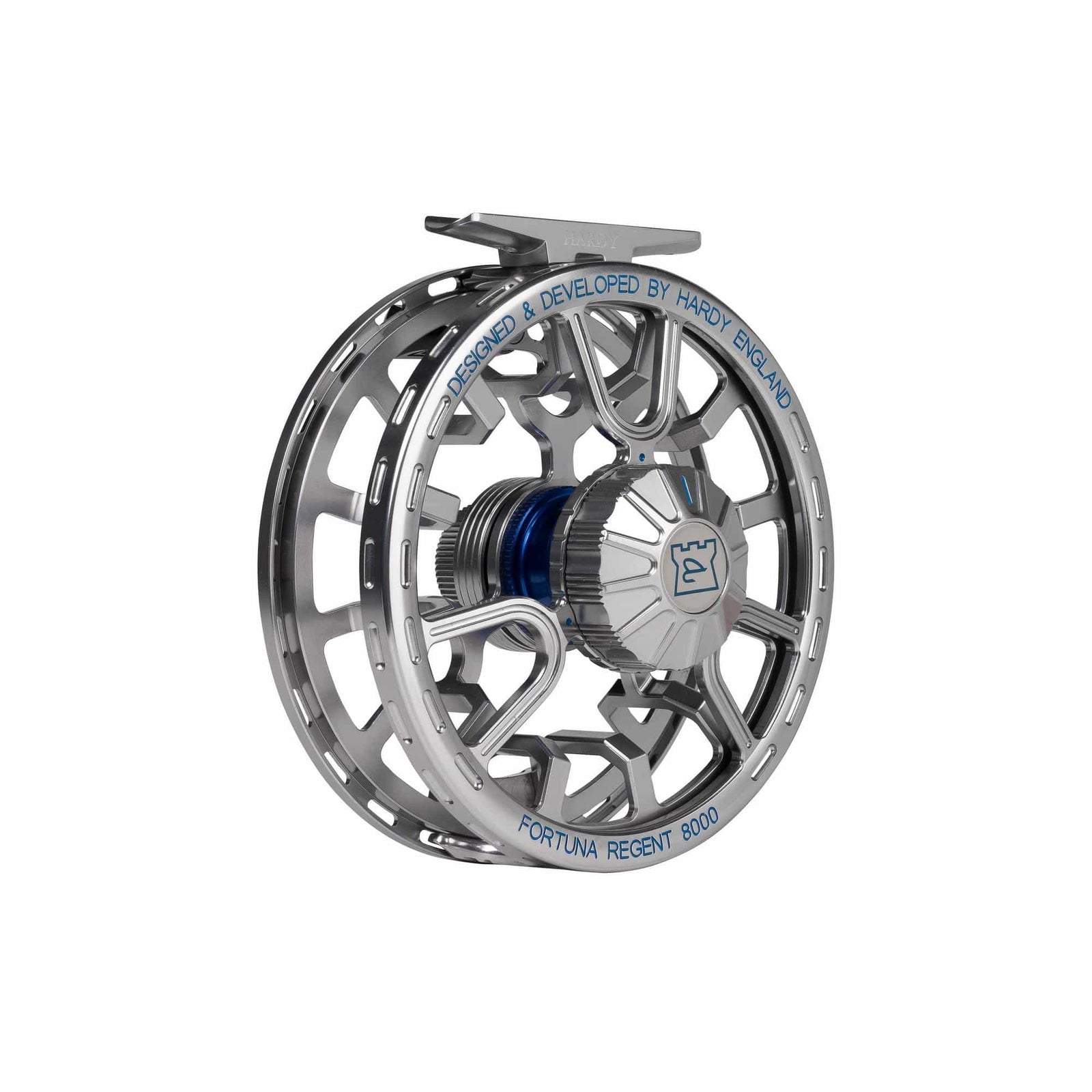
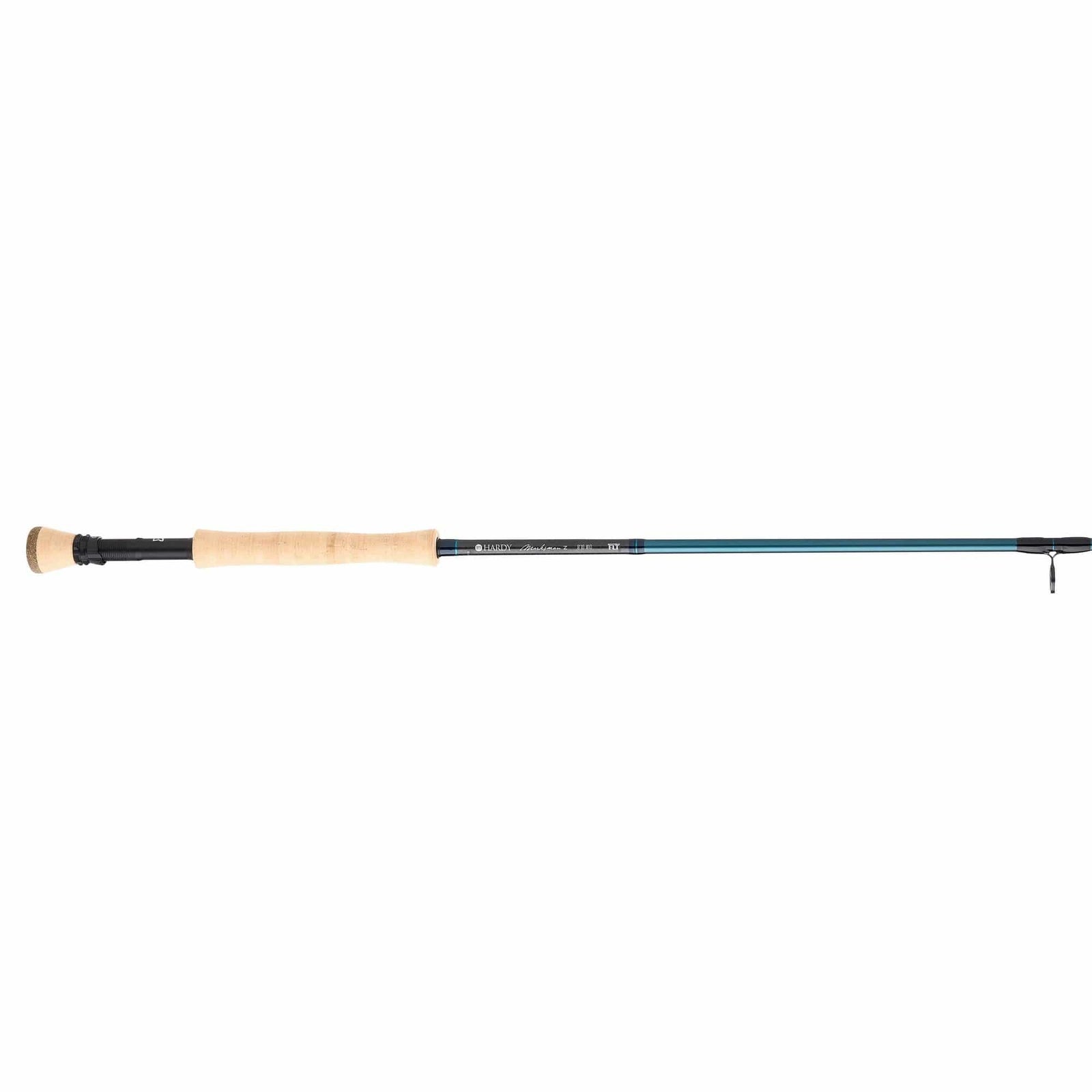
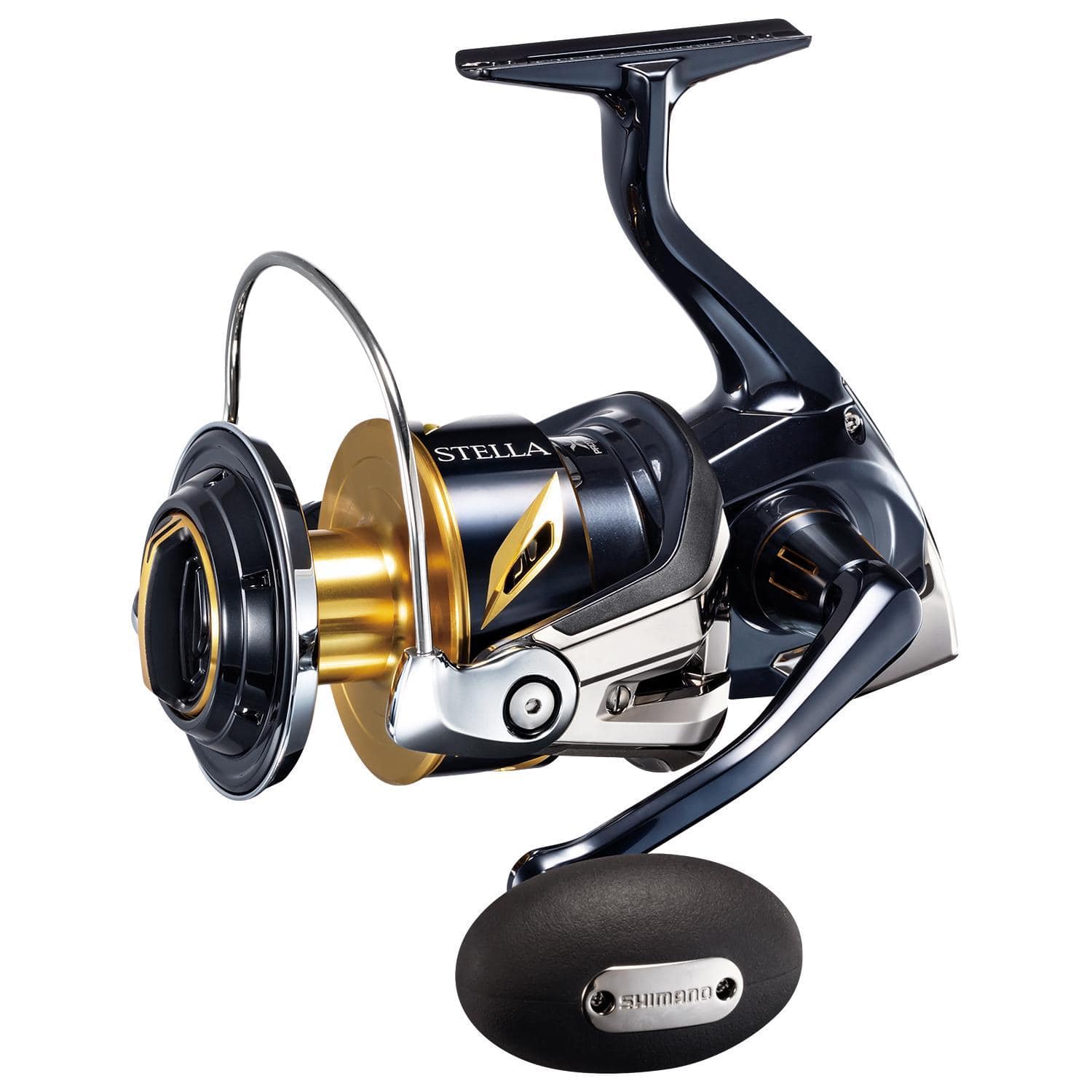
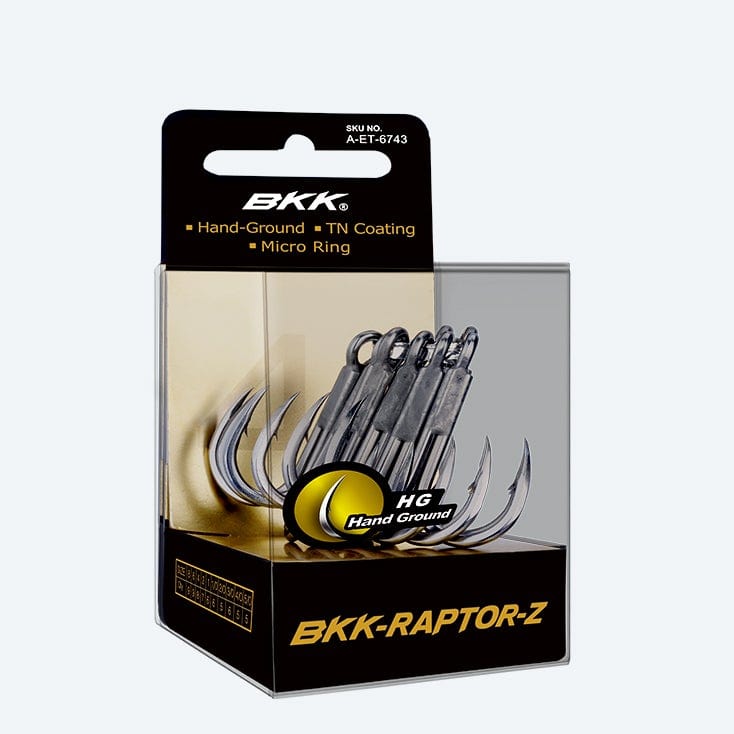
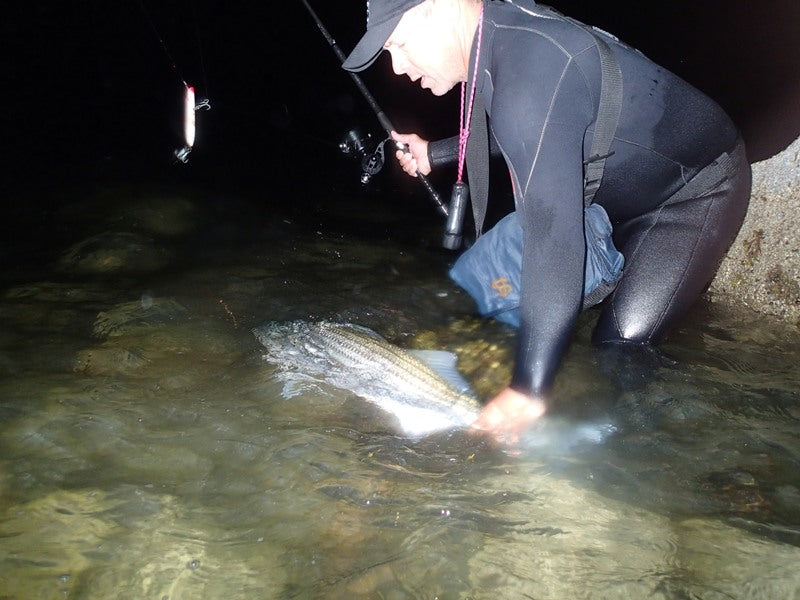
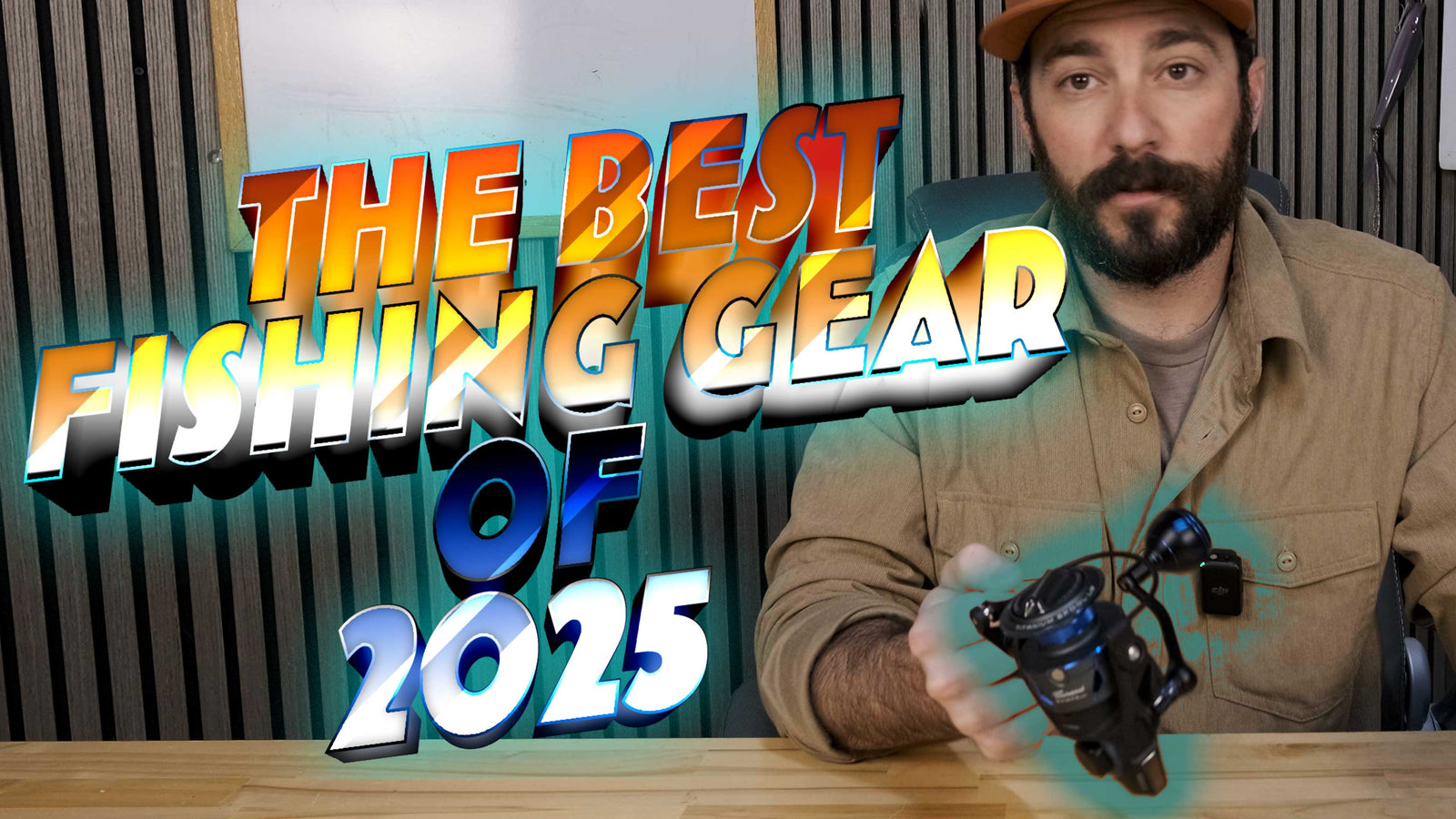


WILLIAM B LAIRD
March 26, 2022
well written article. i have 3 gsb series rod’s. a gsb1201l a gsb1321mh and a gsb1111mh love all 3.